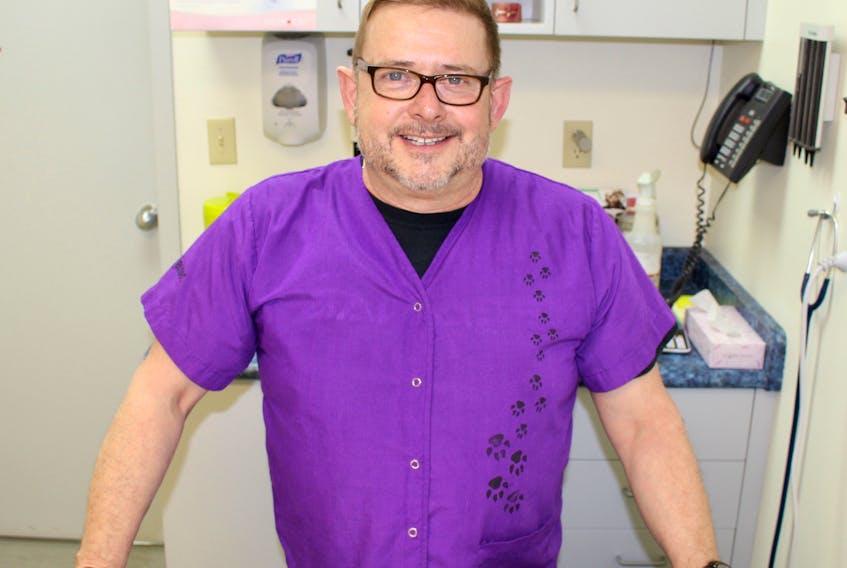Dr. Neil Pothier has been a veterinarian for 33 years and he’s never enjoyed declawing cats.
In the last five years the procedure became very infrequent, he said.
“I definitely saw this coming. We never really recommended the surgery unless it was for medical reasons.”
Pothier is a veterinarian at the Bayview Animal Hospital in Digby.
“I don’t mind giving vaccines, but declawing is just one of those surgeries you don’t enjoy.”
Nova Scotia is the first Canadian province to officially ban cat declawing. The ban came in effect as of March 15.
Declawing isn’t just removing the nail. There are two common ways to declaw a cat.
One method involves removing the last joint of the cat’s toes. This removes the claw and the bone it was attached to, he said.
The second method involves severing the tendon that controls the extension and retraction of the claw. Leaving the cat unable to extend their claws to scratch, he added.
“It would be like cutting the end section of your finger off.”
For the last two years, the Bayview Animal Hospital in Digby has set up meetings with anyone requesting their cat be declawed, said Pothier.
Pet owners would have to explain their reasoning for wanting them declawed and only in certain circumstances would they allow the procedure.
Bayview use to declaw cats for seniors and pet owners with illnesses like cancer, who would be at risk of getting sick from scratches.
In a cat’s perspective, if pets had deformed paws or a tumor around the nail, they would remove the claws that were at risk.
Pothier thinks other provinces should follow Nova Scotia’s lead.
“It’s really usually not a necessary procedure.”
Pothier has worked in the industry long enough to watch cosmetic dog surgeries be banned, like docking tails and cutting ears, he said.
“That started off as a recommendation not to preform them unless we had to and then eventually it got banned. So, when it was recommended we shouldn’t be declawing unless necessary, I knew the ban wasn’t too far away.”
After a cat gets declawed they have to live as an indoor only pet. Cats protect themselves with their claws, so they could be at risk if they came in contact with another animal.
“Really this is all about protecting the pets,” he said.
Like most surgeries, declawing does have its risks.
Cats who get declawed can be at risk of arthritis, phantom pains and infection.
Safe alternatives to declawing:
Instead of declawing a cat, pet owners can buy nail caps. Owners can glue them on to the cats nails every month, protecting owners from scratches.
If a cat is scratching new furniture it could be a behavioral issue. Pets could just be marking their territory or be anxious from new pets or people coming into their home.

Indoor cats do still need to scratch. Pet owners should provide them with a scratching post or toy for them to enjoy so they don’t focus on the new leather couch their owner just bought.
There are many possibilities why cats could be excessively scratching. If you have a concern about your pet, contact any veterinarian.









